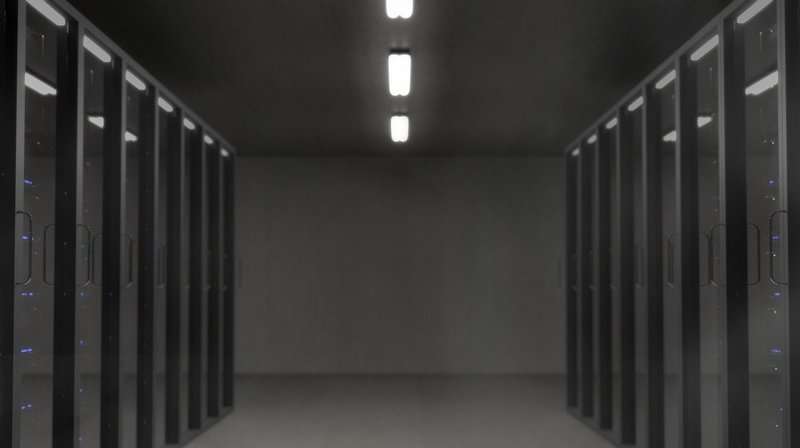
Back in March, 3M ran a presentation about data, reminding us there was not going to be anything like a slowing down of data, and then posed the question, ok, so how do we swallow that and at the same time envision a sustainable future? The link: data centers and the challenges they pose to stay up and running and more environmentally friendly.
The presentation delivered a riveting thought. “More data has been created in the last two years than ever before in human history.”
We’re not just talking about cute cats sitting in boxes or rappers with models, so park it. We are talking about data in surgery, daily number changes that affect farmer’s crops, traffic support, crisis warnings of all sorts. The data centers are crucial to our ability to communicate.
US data centers in the US consume levels of energy that are staggering to the uninitiated.
“Storing, moving, processing, and analyzing data all require energy. Lots of it. The processors in the biggest data centers hum with as much energy as can be delivered by a large power station, 1,000 megawatts or more. And it can take as much energy again to keep the servers and surrounding buildings from overheating,” as YaleEnvironment360 put it.
The 3M presentation remarked that 38 percent of the electricity need of data centers is just to cool the electronics.
Over at DeepMind, they have been working toward a cooling solution. The DeepMind blog stated, “At DeepMind and Google, we believe that if we can use AI as a tool to discover new knowledge, solutions will be easier to reach.” With that mission, they have been looking at how AI might step in to manage data center cooling.
They had the AI learn how to adjust a cooling system in order to reduce power consumption. Data centers’ energy consumption has gone down as a result.
Behind the success of their system was feedback from data center operators, who had something on top of their wish list: too much operator effort and supervision needed for data center cooling had them asking if anything could be done without so much manual implementation and still achieve energy savings?
